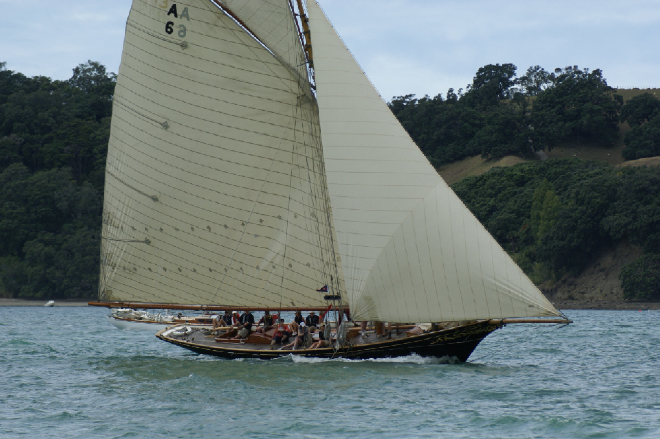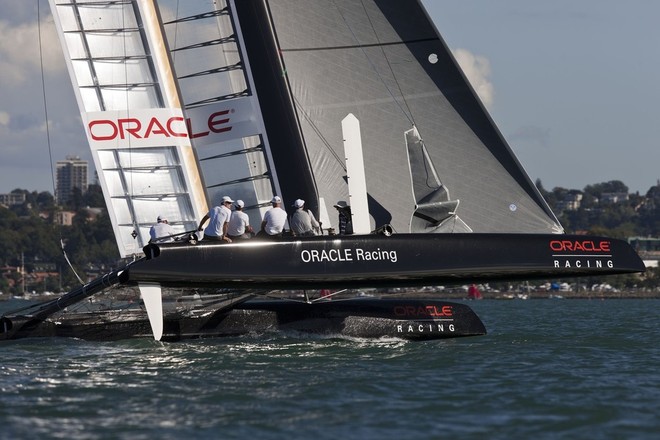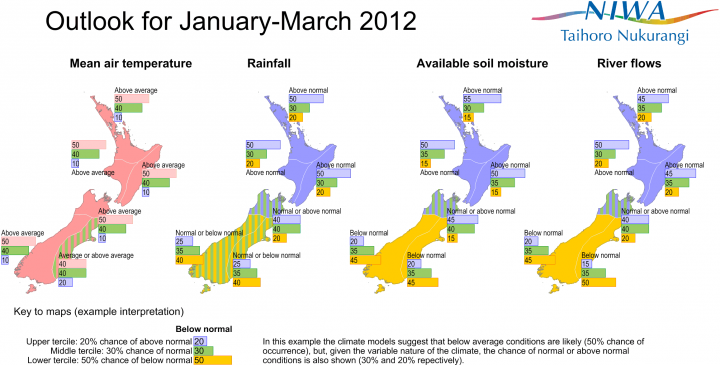She’s a hard road finding the perfect regatta sponsor

Last Regatta: Thanks to Cyclone Wilma there was no 2011 Mahurangi Regatta. But despite the perfect conditions the Waitangi is enjoying here during the 2010 event, a swipe from a late afternoon storm was a rude reminder that the prize-giving dance is perilously weather dependant. photographer Richard Gladwell
The Mahurangi Regatta is the perfect showcase for any number of enterprises.
Consolidation of the revival of the regatta prize-giving dance was due to the Mahurangi Action Plan, on which the former Auckland Regional Council spent $4 million on as a five-year kick-start to address the harbour’s elevated sediment accumulation rate—the 2005 event launched the plan. The new Auckland Council, having established a sustainable catchments team, is showing every sign of owning the Mahurangi Action Plan: A Strategic Plan for the Catchment 2010–2030 that was signed off by both the district and regional council, before they were subsumed.
As the first natural Hauraki Gulf harbour north of the metropolis, the Mahurangi has always been a favourite of the region’s ‘yachtmen’, as they were termed in the inaugural 1901 edition of what is today titled the Rodney Times. Today’s yacht crews should be exceedingly grateful that city hall is funding ongoing measures to keep soil on the hillsides, rather than continue to slough into the harbour where not only it is aesthetically unpleasing, it impacts on the benthic community and on oyster production.
Oyster growers are probably the group with the greatest stake in clear water. Muddy water is a double-whammy for oysters: Reduced light penetration slows the growth of the phytoplankton on which oysters feed; and the muddier the water, the less filtering for phytoplankton the oysters are able to perform. An inherent impediment to growers using the regatta as a showcase is that in the New Year oysters have recently spawned and not have not had time to rebuild the reserves of fat that make them so famously delectable. Having said that, frozen oysters, like most frozen seafood, is generally better than the so-called fresh product that has spent a little too long at an other-than optimal temperature.
Wine growing is a welcome trend in the harbour’s hydrological catchment, in contrast to the grazing of heavy beef cattle that, without the farming practices than are the norm, readily churns soils into all-too-mobile mud. Although the visual spectacle and romance of the Mahurangi Regatta could be captured in an evocative wine label, a local grower has yet to be convinced.

Mahurangi Tradition: The first America’s Cup AC45 outing, sparkling on the Waitematā. Oracle Racing’s boatbuilding operation in Warkworth is a splendently resounding echo of the illustrious Mahurangi Harbour shipbuilding era. photograph Gilles Martin-Raget – Oracle Racing.com
The real estate market, arguably, benefits from the Mahurangi Action Plan—clear water and good fishing is makes for a compelling sales pitch. But fortunately for the Mahurangi harbourscape, residential development is strictly limited by the existing district plan, a situation that is unlikely to change judging by the Draft Auckland Plan with its emphasis on a robust new rural urban boundary. Ironically, many of the residential sections that have recently been built on for the first time were created in the century before last.
Then there is Oracle Racing building America’s Cup catamarans up-river in Warkworth. An association with the Mahurangi Regatta with its strong historic links to the harbour’s shipbuilding families would seem to have heaven-sent public relations potential—even a flypast by an AC45 boat would be a nice gesture.
Since its revival in 2004, organisers of the prize-giving dance have received only just sufficient financial support to stagger from one year to the next. With the new regional governance arrangements have come discussions with view to the regatta becoming more collaborative and thus more sustainable. The Auckland Council’s Tourism, Events and Economic Development company has agreed to help with strategy and planning, and informal talks with Rodney Local Board members have been promising. But budget in respect to 2012 was another thing. As reported elsewhere, the local board had no specific events budget for 2011–2012 due to an idiosyncrasy of the old Rodney District Council budget process. And, unsurprisingly, Auckland Council’s events budget is bare following the major role the city played in hosting the Rugby World Cup.
Although Aucklanders are currently enjoying a very welcome break in an otherwise thoroughly La Niña summer, there is a high likelihood of a wet regatta day or evening. If that eventuates, it would be impossible to justify spending every cent in kitty, and then some, to pay for a marquee, sound equipment and the costs of the Prohibition Big Band, as utterly reasonable as the latter are. Even with this year’s budget slimmed down—catering is to be strictly bring-your-own from here on in—from the more than $6000 usually outlaid, there would need to be much banging of donation buckets to make up the shortfall.

Continuing Wet in North: The three-month National Institute of Water and Atmospheric Research forecast is not good for the confidence of outdoor event organisers generally, but particularly one where an ill-timed downpour could see few come ashore for the prize-giving dance. chart National Institute of Water and Atmospheric Research
In the longer term, the prize-giving dance, but probably the entire regatta, will need to find a sponsor, or sponsors—Auckland Council is unlikely to be content to be the only party sharing the risk. The early emergence of a new sponsor might even allow the band and marquee to be rebooked for the 28 January 2012 event.
Last year Rob Thexton of CharterLink offered the weekend bareboat charter of a Bavaria 36, to be raffled or auctioned as a contribution towards the prize-giving dance costs. An online auction was set up with view to concluding the auction at Scotts Landing during the build-up to the prize-giving. A very useful starting bid of $750 was received, but whether the auction would have brought in something closer to the $1600 value—if taken during peak season—of the charter is moot, given the cancellation occasioned by the approach of Cyclone Wilma. Rob Thexton said today that he is again willing to provide some support for the event, despite the soggy summer so far proving to be unkind to the charter business.
The Mahurangi Regatta is a grand tradition and a stunning spectacle, with indubitably one of the world’s loveliest concentrations of classic maritime ladies. For many, particularly the flesh and blood lovelies, the prize-giving dance is the icing on the cake, so it would be nice to not disappoint.
Nevertheless, one year of un-iced cake with the promise of cream on the icing in 2013 is an entirely enticing prospect.
